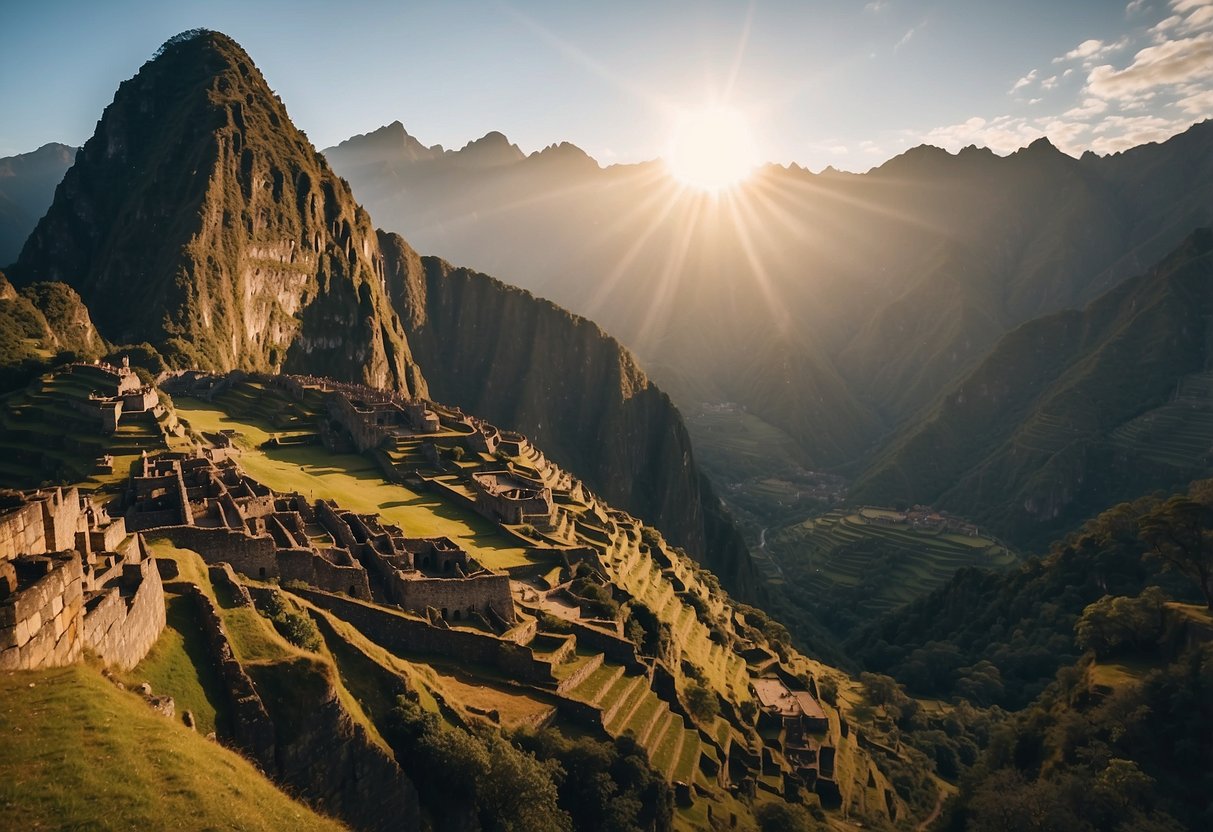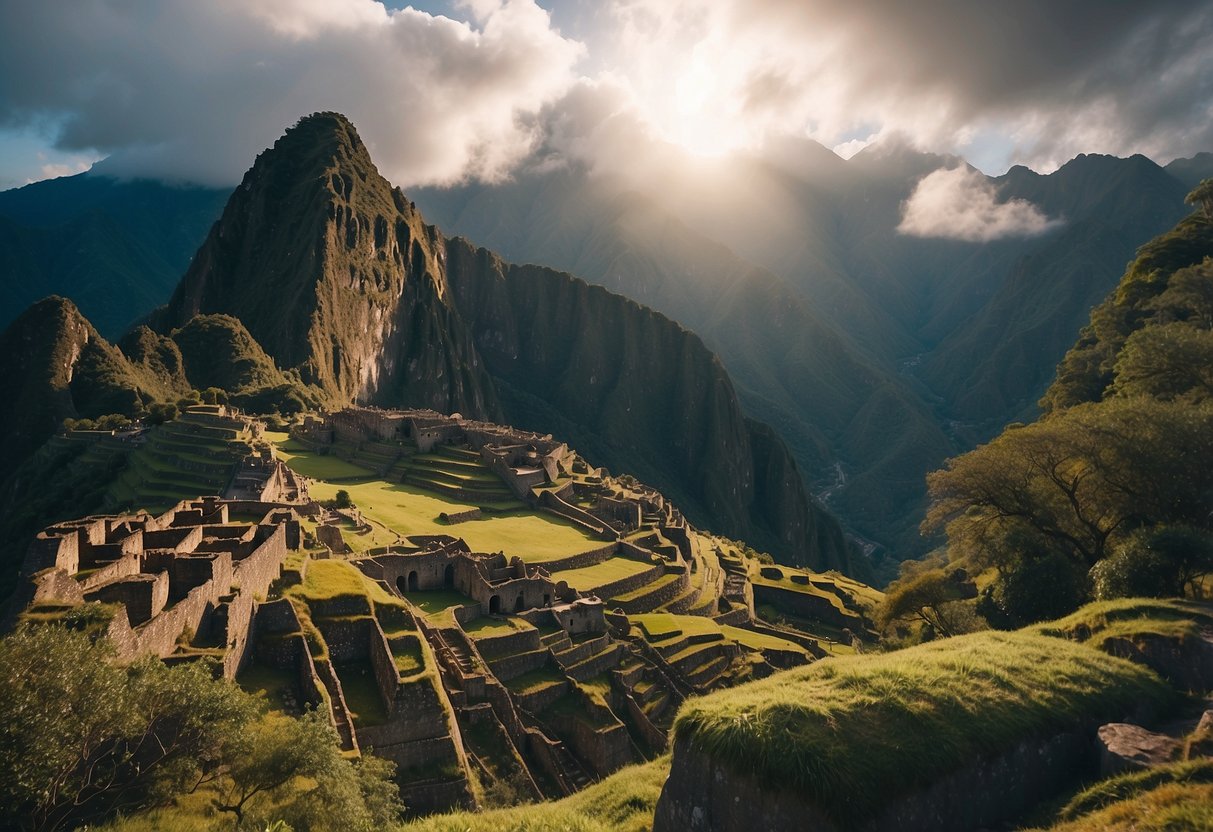
Machu Picchu, the ancient Inca citadel perched high in the Andes Mountains, continues to captivate both historians and travelers alike. Embarking on a journey to this iconic site not only offers a glimpse into the rich history of the Inca Empire but also presents a remarkable adventure through stunning landscapes. Whether you are a seasoned explorer or a first-time visitor, this comprehensive travel guide will provide essential information to help you make the most of your visit to Machu Picchu.
Nestled at an altitude of 7,970 feet, Machu Picchu is more than just a historical site; it is a testament to the advanced engineering and architectural prowess of the Inca civilization. The ruins include agricultural terraces, palaces, temples, and complex water channels, all meticulously designed to withstand the challenges of their mountainous environment. The journey through these ruins reveals the intricate relationship between the Inca people and their natural surroundings.
Travelers arriving at Machu Picchu can expect a rich cultural experience coupled with awe-inspiring views. Key attractions such as the Sun Gate, the Temple of the Sun, and the Intihuatana stone provide unique insights into the spiritual and daily life of the Incas. Planning ahead is crucial for a smooth visit, including securing tickets, understanding the best times to visit, and preparing for the physical demands of the trek.
History of Machu Picchu

Machu Picchu, located in the Andes of Peru, is a symbol of the Inca Empire and a testament to its engineering prowess and cultural significance. The site remained unknown to the outside world until the early 20th century, when Hiram Bingham’s exploration brought international attention to this Lost City of the Incas.
Discovery by Hiram Bingham
In 1911, American historian and explorer Hiram Bingham discovered Machu Picchu during an expedition sponsored by Yale University. Bingham was led to the site by local farmers and guided by indigenous Quechua-speaking residents. The ruins were hidden by dense vegetation, preserving them from previous plundering and avoiding Spanish conquests.
Bingham’s discovery was momentous, putting Machu Picchu on the global map. He conducted detailed archaeological studies and published his findings, sparking intrigue and further scientific exploration. The ruins revealed sophisticated stone construction and advanced agricultural terraces, showcasing the ingenuity of the Inca.
Inca Empire and Pachacuti’s Role
Machu Picchu is believed to have been built during the reign of the Inca emperor Pachacuti in the 15th century. Pachacuti transformed the Inca Empire from a modest kingdom into a vast state, encompassing large parts of western South America. Machu Picchu likely served as a royal estate or religious retreat for the Inca elite.
The site’s construction reflects the Inca’s mastery of stone masonry and their ability to adapt to challenging mountainous terrain. Architectural features such as the Intihuatana stone, temples, and ceremonial baths suggest both political and spiritual significance. Pachacuti’s legacy is deeply intertwined with Machu Picchu, marking it as a symbol of Inca civilization.
Cultural Significance of the Lost City
Referred to as the “Lost City of the Incas,” Machu Picchu holds substantial cultural and historical importance. It is a UNESCO World Heritage site and one of the New Seven Wonders of the World. The site symbolizes the advanced engineering capabilities and rich cultural heritage of the Inca Empire.
Machu Picchu attracts millions of visitors annually, offering insights into the cultural and religious practices of the Inca. Artifacts found at the site, including pottery, tools, and clothing, provide a glimpse into daily life and the societal structure of those who lived there. The enduring allure of Machu Picchu continues to inspire and educate, preserving its legacy as a marvel of ancient engineering and culture.